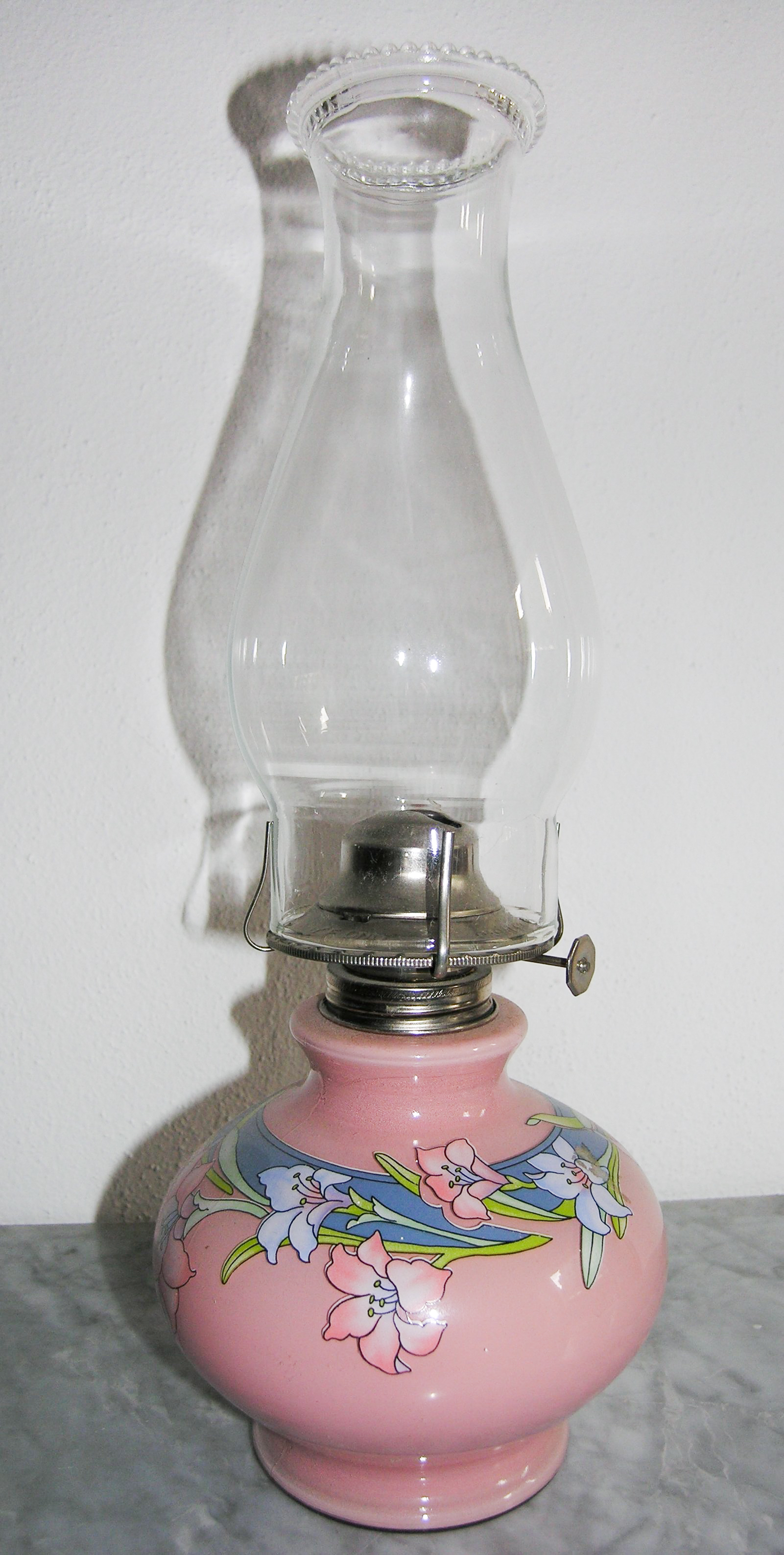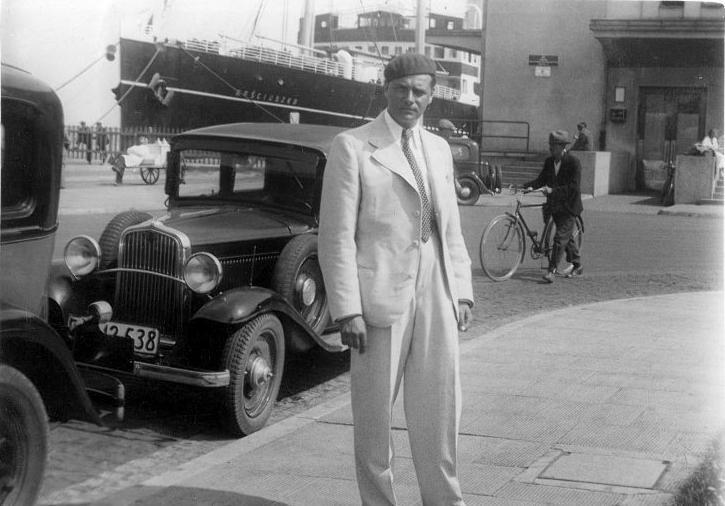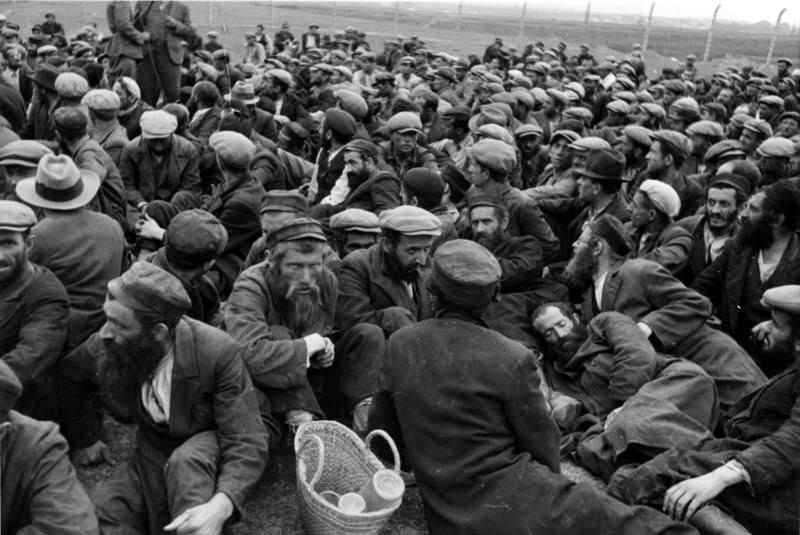|
Pharmacy Museum Of The Jagiellonian University Medical College
Muzeum Farmacji Collegium Medicum Uniwersytetu Jagiellońskiego (Pharmacy Museum, Jagiellonian University Medical College) is a museum on Floriańska Street, Kraków, Poland, specializing in the history of pharmacy and pharmaceutical technology. It was established in 1946. The founder and first director of the museum was Dr. Stanislaw Pron, legal counsel and administrative director of the Regional Chamber of Pharmacists in Kraków. Until the late 1980s, the museum was housed in the building at 3 ul. Basztowa. It was then transferred to the newly renovated building at ul. St. Florian's, where it remains today. The museum occupies all five floors of the building, including the basement and the attic, in a manner appropriate to the historical use of such premises in as an apothecary. On the first floor is a room dedicated to Ignacy Łukasiewicz, a pharmacist, pioneer in the field of crude oil, and the inventor of the modern kerosene lamp. The room on the second floor of the exhibit ... [...More Info...] [...Related Items...] OR: [Wikipedia] [Google] [Baidu] |
Kraków Muzeum Farmacji CMUJ
Kraków (), or Cracow, is the second-largest and one of the oldest cities in Poland. Situated on the Vistula River in Lesser Poland Voivodeship, the city dates back to the seventh century. Kraków was the official capital of Poland until 1596 and has traditionally been one of the leading centres of Polish academic, economic, cultural and artistic life. Cited as one of Europe's most beautiful cities, its Old Town with Wawel Royal Castle was declared a UNESCO World Heritage Site in 1978, one of the first 12 sites granted the status. The city has grown from a Stone Age settlement to Poland's second-most-important city. It began as a hamlet on Wawel Hill and was reported by Ibrahim Ibn Yakoub, a merchant from Cordoba, as a busy trading centre of Central Europe in 985. With the establishment of new universities and cultural venues at the emergence of the Second Polish Republic in 1918 and throughout the 20th century, Kraków reaffirmed its role as a major national academic and ... [...More Info...] [...Related Items...] OR: [Wikipedia] [Google] [Baidu] |
Jagiellonian University
The Jagiellonian University (Polish: ''Uniwersytet Jagielloński'', UJ) is a public research university in Kraków, Poland. Founded in 1364 by King Casimir III the Great, it is the oldest university in Poland and the 13th oldest university in continuous operation in the world. It is regarded as Poland's most prestigious academic institution. The university has been viewed as a guardian of Polish culture, particularly for continuing operations during the partitions of Poland and the two World Wars, as well as a significant contributor to the intellectual heritage of Europe. The campus of the Jagiellonian University is centrally located within the city of Kraków. The university consists of thirteen main faculties, in addition to three faculties composing the Collegium Medicum. It employs roughly 4,000 academics and provides education to more than 35,000 students who study in 166 fields. The main language of instruction is Polish, although around 30 degrees are offered in Engli ... [...More Info...] [...Related Items...] OR: [Wikipedia] [Google] [Baidu] |
Floriańska Street
Floriańska Street or St. Florian's Street ( pl, ulica Floriańska, la, platea Sancti Floriani) is one of the main streets in Kraków Old Town and one of the most famous promenades in the city. The street forms part of the regular grid plan of ''Stare Miasto'' (the Old Town), the merchants' town that extends the medieval heart of the city, which was drawn up in 1257 after the destruction of the city during the first Mongol invasion of Poland of 1241. Location Floriańska appears on the 1257 plan of the extended city. It marks the beginning of the Royal Road in Kraków and stretches from the north-western end of the main square, Rynek Główny, to the landmark St. Florian's Gate, a distance of . There are currently 51 numbered buildings on the street (up to no 44 even and no 57 odd). It is named after Saint Florian. In 1882, the first horse tram line started. In 1901 it was transformed into the electricity line (now defunct). A number of notable landmarks and monuments, mainly ... [...More Info...] [...Related Items...] OR: [Wikipedia] [Google] [Baidu] |
Kraków
Kraków (), or Cracow, is the second-largest and one of the oldest cities in Poland. Situated on the Vistula River in Lesser Poland Voivodeship, the city dates back to the seventh century. Kraków was the official capital of Poland until 1596 and has traditionally been one of the leading centres of Polish academic, economic, cultural and artistic life. Cited as one of Europe's most beautiful cities, its Old Town with Wawel Royal Castle was declared a UNESCO World Heritage Site in 1978, one of the first 12 sites granted the status. The city has grown from a Stone Age settlement to Poland's second-most-important city. It began as a hamlet on Wawel Hill and was reported by Ibrahim Ibn Yakoub, a merchant from Cordoba, as a busy trading centre of Central Europe in 985. With the establishment of new universities and cultural venues at the emergence of the Second Polish Republic in 1918 and throughout the 20th century, Kraków reaffirmed its role as a major national academic and a ... [...More Info...] [...Related Items...] OR: [Wikipedia] [Google] [Baidu] |
Poland
Poland, officially the Republic of Poland, is a country in Central Europe. It is divided into 16 administrative provinces called voivodeships, covering an area of . Poland has a population of over 38 million and is the fifth-most populous member state of the European Union. Warsaw is the nation's capital and largest metropolis. Other major cities include Kraków, Wrocław, Łódź, Poznań, Gdańsk, and Szczecin. Poland has a temperate transitional climate and its territory traverses the Central European Plain, extending from Baltic Sea in the north to Sudeten and Carpathian Mountains in the south. The longest Polish river is the Vistula, and Poland's highest point is Mount Rysy, situated in the Tatra mountain range of the Carpathians. The country is bordered by Lithuania and Russia to the northeast, Belarus and Ukraine to the east, Slovakia and the Czech Republic to the south, and Germany to the west. It also shares maritime boundaries with Denmark and Sweden. ... [...More Info...] [...Related Items...] OR: [Wikipedia] [Google] [Baidu] |
Ignacy Łukasiewicz
Jan Józef Ignacy Łukasiewicz (; 8 March 1822 – 7 January 1882) was a Polish pharmacist, engineer, businessman, inventor, and philanthropist. He was one of the most prominent philanthropists in the Kingdom of Galicia and Lodomeria, crown land of Austria-Hungary. He was a pioneer who in 1856 built the world's first modern oil refinery.''Magdalena Puda-Blokesz''Ignacy Łukasiewicz: ojciec światowego przemysłu naftowego, działacz polityczny i patriota, fi lantrop i społecznik, przede wszystkim CZŁOWIEK''Ludwik Tomanek'', Ignacy Łukasiewicz twórca przemysłu naftowego w Polsce, wielki inicjator - wielki jałmużnik. — Miejsce Piastowe: Komitet Uczczenia Pamięci Ignacego Łukasiewicza — 1928 His achievements included the discovery of how to distill paraffin from seep oil, the invention of the modern paraffin lamp (1853), the introduction of the first modern street lamp in Europe (1853), and the construction of the world's first modern oil well (1854). Life Youth and stud ... [...More Info...] [...Related Items...] OR: [Wikipedia] [Google] [Baidu] |
Kerosene Lamp
A kerosene lamp (also known as a paraffin lamp in some countries) is a type of lighting device that uses kerosene as a fuel. Kerosene lamps have a wick or mantle as light source, protected by a glass chimney or globe; lamps may be used on a table, or hand-held lanterns may be used for portable lighting. Like oil lamps, they are useful for lighting without electricity, such as in regions without rural electrification, in electrified areas during power outages, at campsites, and on boats. There are three types of kerosene lamp: flat-wick, central-draught (tubular round wick), and mantle lamp. Kerosene lanterns meant for portable use have a flat wick and are made in dead-flame, hot-blast, and cold-blast variants. Pressurized kerosene lamps use a gas mantle; these are known as Petromax, Tilley lamps, or Coleman lamps, among other manufacturers. They produce more light per unit of fuel than wick-type lamps, but are more complex and expensive in construction and more complex to o ... [...More Info...] [...Related Items...] OR: [Wikipedia] [Google] [Baidu] |
Tadeusz Pankiewicz
Tadeusz Pankiewicz (November 21, 1908, in Sambor – November 5, 1993, buried in Kraków), was a Polish Roman Catholic pharmacist, operating in the Kraków Ghetto during the Nazi German occupation of Poland. He was recognized as "Righteous Among the Nations" by Yad Vashem on February 10, 1983, for rescuing countless Jews from the Holocaust. Pankiewicz studied at the Jagiellonian University in Kraków. In 1933, he took over the proprietorship of the Under the Eagle Pharmacy founded in 1910 by his father Jozef. The pharmacy was situated on Plac Zgody (formerly ''Mały Rynek'' square) in Kraków's Podgórze district. Its prewar clientele included both Gentile Poles and Jews. In the Kraków Ghetto Under the German Nazi occupation of Poland during World War II, Podgórze district was closed off in March 1941 as a ghetto for local area Jewry. Within the walls of the Kraków Ghetto, there were four prewar pharmacies owned by non-Jews. Pankiewicz was the only proprietor to d ... [...More Info...] [...Related Items...] OR: [Wikipedia] [Google] [Baidu] |
Kraków Ghetto
The Kraków Ghetto was one of five major metropolitan Nazi ghettos created by Germany in the new General Government territory during the German occupation of Poland in World War II. It was established for the purpose of exploitation, terror, and persecution of local Polish Jews. The ghetto was later used as a staging area for separating the "able workers" from those to be deported to extermination camps in Operation Reinhard. The Ghetto was liquidated between June 1942 and March 1943, with most of its inhabitants deported to the Belzec extermination camp as well as to Płaszów slave-labor camp, and Auschwitz concentration camp, rail distance. Background Before the German-Soviet invasion of 1939, Kraków was an influential centre for the Polish Jews who had lived there since the 13th century. Persecution of the Jewish population of Kraków began immediately after the German troops entered the city on 6 September 1939 in the course of the German aggression against Pol ... [...More Info...] [...Related Items...] OR: [Wikipedia] [Google] [Baidu] |
Occupation Of Poland (1939–1945)
The occupation of Poland by Nazi Germany and the Soviet Union during World War II (1939–1945) began with the German-Soviet invasion of Poland in September 1939, and it was formally concluded with the defeat of Germany by the Allies in May 1945. Throughout the entire course of the occupation, the territory of Poland was divided between Nazi Germany and the Soviet Union (USSR) both of which intended to eradicate Poland's culture and subjugate its people. In the summer-autumn of 1941, the lands which were annexed by the Soviets were overrun by Germany in the course of the initially successful German attack on the USSR. After a few years of fighting, the Red Army drove the German forces out of the USSR and crossed into Poland from the rest of Central and Eastern Europe. Sociologist Tadeusz Piotrowski argues that both occupying powers were hostile to the existence of Poland's sovereignty, people, and the culture and aimed to destroy them. Before Operation Barbarossa, German ... [...More Info...] [...Related Items...] OR: [Wikipedia] [Google] [Baidu] |
Austria-Hungary
Austria-Hungary, often referred to as the Austro-Hungarian Empire,, the Dual Monarchy, or Austria, was a constitutional monarchy and great power in Central Europe between 1867 and 1918. It was formed with the Austro-Hungarian Compromise of 1867 in the aftermath of the Austro-Prussian War and was dissolved shortly after its defeat in the First World War. Austria-Hungary was ruled by the House of Habsburg and constituted the last phase in the constitutional evolution of the Habsburg monarchy. It was a multinational state and one of Europe's major powers at the time. Austria-Hungary was geographically the second-largest country in Europe after the Russian Empire, at and the third-most populous (after Russia and the German Empire). The Empire built up the fourth-largest machine building industry in the world, after the United States, Germany and the United Kingdom. Austria-Hungary also became the world's third-largest manufacturer and exporter of electric home appliances, ... [...More Info...] [...Related Items...] OR: [Wikipedia] [Google] [Baidu] |
Museums In Kraków
A museum ( ; plural museums or, rarely, musea) is a building or institution that cares for and displays a collection of artifacts and other objects of artistic, cultural, historical, or scientific importance. Many public museums make these items available for public viewing through exhibits that may be permanent or temporary. The largest museums are located in major cities throughout the world, while thousands of local museums exist in smaller cities, towns, and rural areas. Museums have varying aims, ranging from the conservation and documentation of their collection, serving researchers and specialists, to catering to the general public. The goal of serving researchers is not only scientific, but intended to serve the general public. There are many types of museums, including art museums, natural history museums, science museums, war museums, and children's museums. According to the International Council of Museums (ICOM), there are more than 55,000 museums in 202 count ... [...More Info...] [...Related Items...] OR: [Wikipedia] [Google] [Baidu] |
.jpg)



